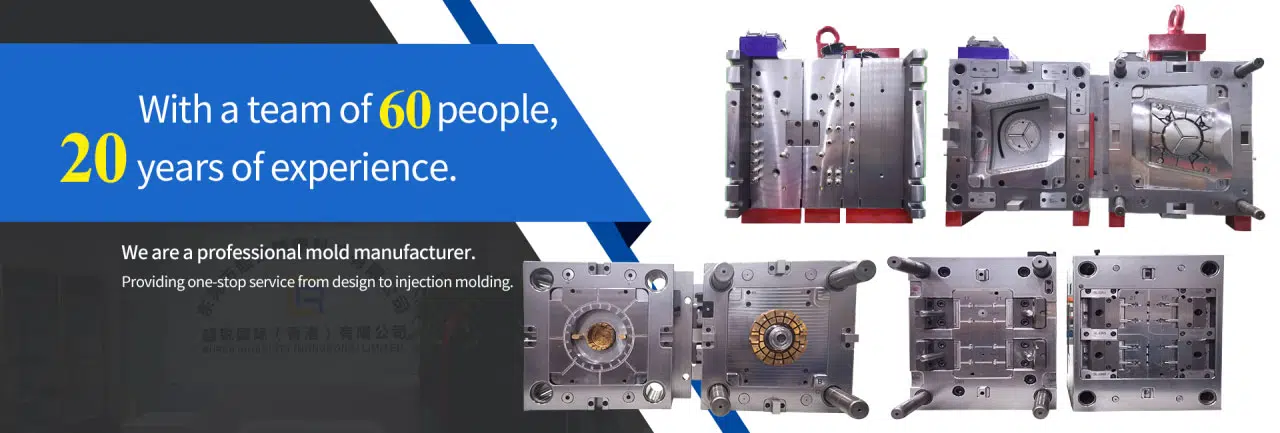Precision Engineering for Tight Tolerances in Manufacturing

本身
html
Precision Engineering for Tight Tolerances in Manufacturing
In the world of manufacturing, achieving tight tolerances is a hallmark of precision engineering. Tight tolerances refer to the allowable deviation from a specified dimension, ensuring that parts fit together perfectly and function as intended. Industries such as aerospace, medical devices, and automotive rely heavily on components manufactured with these exacting standards.
Why Tight Tolerances Matter
Tight tolerances are critical for several reasons. First, they ensure the reliability and performance of mechanical systems. For example, in aerospace applications, even a minor deviation can lead to catastrophic failures. Second, they reduce wear and tear, extending the lifespan of components. Finally, tight tolerances enable interchangeability, allowing parts to be replaced without requiring custom adjustments.
Challenges in Achieving Tight Tolerances
Manufacturing components with tight tolerances is not without its challenges. Factors such as material properties, thermal expansion, and machine tool accuracy can all impact the final product. Additionally, the cost of achieving these tolerances can be high, as it often requires advanced machinery, skilled labor, and rigorous quality control processes.
Technologies Enabling Precision Manufacturing
Modern manufacturing has embraced several technologies to meet the demand for tight tolerances:
- CNC Machining: Computer Numerical Control (CNC) machines offer unparalleled accuracy and repeatability, making them ideal for high-precision parts.
- Additive Manufacturing: 3D printing technologies, especially metal additive manufacturing, are increasingly capable of producing parts with tight tolerances.
- Laser Cutting and EDM: These non-contact methods allow for intricate cuts with minimal material distortion.
- Metrology Equipment: Advanced measuring tools like coordinate measuring machines (CMMs) ensure that parts meet stringent tolerance requirements.
Best Practices for Maintaining Tight Tolerances
To consistently achieve tight tolerances, manufacturers should adhere to the following best practices:
- Material Selection: Choose materials with stable properties to minimize deformation during machining.
- Machine Calibration: Regularly calibrate equipment to maintain accuracy over time.
- Environmental Control: Monitor temperature and humidity, as these can affect both machinery and materials.
- Quality Assurance: Implement rigorous inspection protocols at every stage of production.
Keyword: Tight Tolerances
The Future of Tight Tolerance Manufacturing
As industries continue to push the boundaries of innovation, the demand for tighter tolerances will only grow. Emerging technologies like artificial intelligence (AI) and the Internet of Things (IoT) are expected to further enhance precision engineering. AI-driven predictive maintenance, for instance, can help prevent machine drift, while IoT-enabled real-time monitoring ensures consistent quality.
In conclusion, tight tolerances are a cornerstone of modern manufacturing, enabling the creation of high-performance, reliable, and interchangeable components. By leveraging advanced technologies and adhering to best practices, manufacturers can meet these exacting standards and drive innovation across industries.